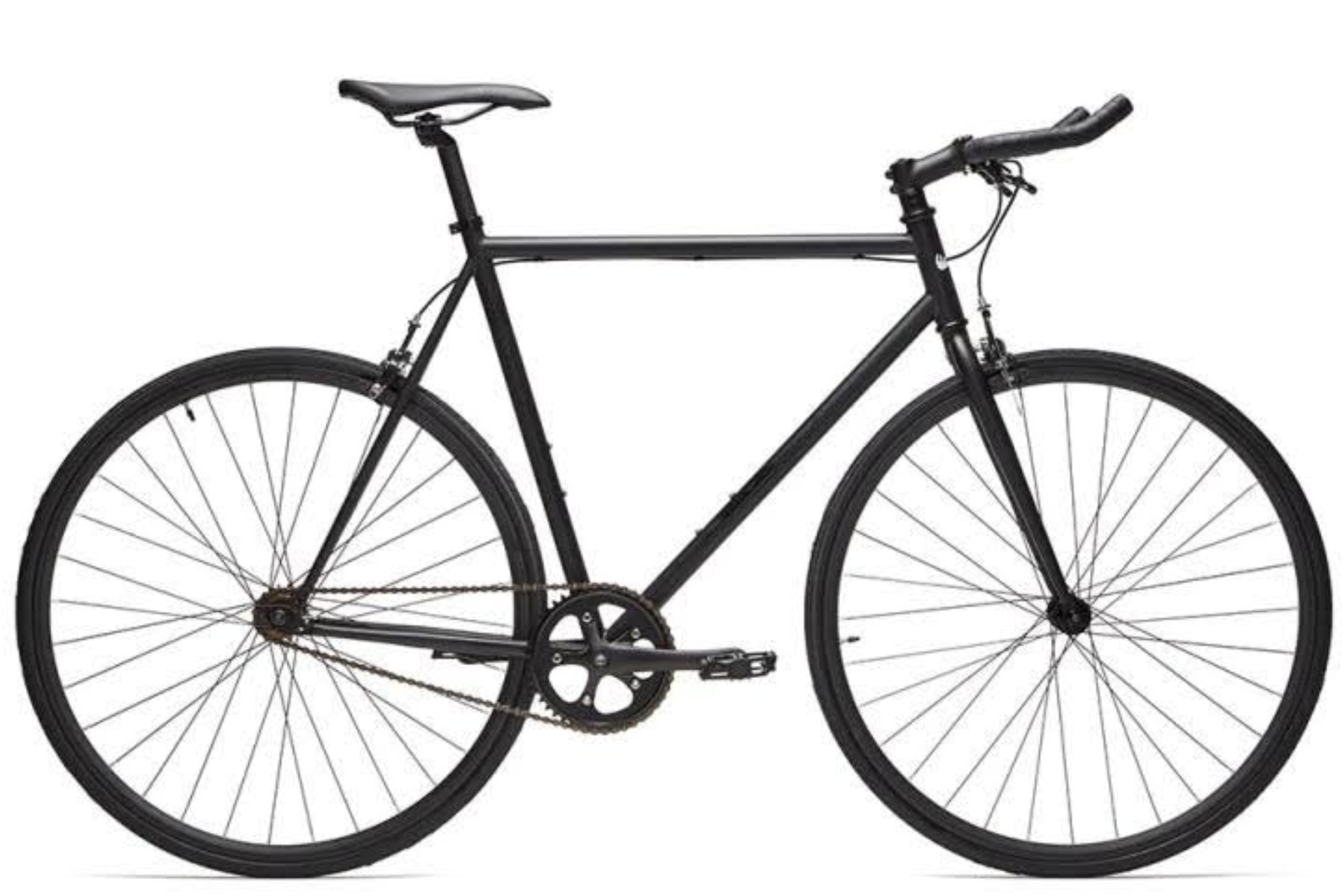| Bike Type | Main Use | Strengths | Limitations |
|---|---|---|---|
| Road | Speed on asphalt | Fast, lightweight, ideal for long distances | Uncomfortable off-pavement |
| Gravel | Versatile: road + trails | Comfort, stability, perfect for bikepacking | Slower than a road bike |
| Fixie | Urban, sporty, stylish | Lightweight, direct feel, clean look | Demanding, requires skill |
| Single Speed | City, short trips | Simple, economical, low maintenance | Limited for long distances |
The cycling craze is experiencing significant growth, and Quebec offers countless roads and trails to explore by bike. With the wide variety of models available, it can sometimes be challenging to determine which one best suits your needs and riding style. Learn how to distinguish between three popular types of bicycles: the road bike, the gravel bike, and the fixie/single speed.
Road Bike: Speed and Performance on Asphalt
Designed for speed and efficiency, the road bike is the ally of cyclists who enjoy covering long distances on asphalt. Whether for training, long countryside rides, challenging climbs, or even competition, it stands out for its performance and responsiveness. Considered the Formula 1 of cycling, it combines lightness, aerodynamics, and endurance.
Main features of a road bike
-
Frame and geometry: Lower and more elongated than a gravel bike, it promotes an aerodynamic and aggressive riding position. Carbon frames are popular for their lightness, while endurance models provide extra comfort.
-
Handlebars, often made of carbon, reduce air resistance while absorbing some road vibrations.
-
Wheels and tires: narrow (25 to 28 mm, sometimes up to 32 mm), designed for speed on smooth surfaces. Carbon wheels focus on performance, while aluminum emphasize durability.
-
Brakes: the current trend is hydraulic disc brakes, which are safer and more consistent than rim brakes.
-
Drivetrain: often with two chainrings and 11–28 or 11–32 cassettes, ideal for switching between fast flats and steep climbs.
The road bike shines on asphalt but is not well-suited for rough terrain. Its aggressive position can also be demanding. For speed and endurance, however, it remains unbeatable.
Gravel Bike: Versatility and Off-the-Beaten-Path Adventure
The gravel bike has quickly become the ultimate versatile option. Sitting halfway between a road bike and a mountain bike, it excels on gravel roads, forest paths, dirt, and even mud. Fast and comfortable on asphalt, it is also the perfect companion for long off-road adventures thanks to its robustness and ability to carry gear.

Key features of a gravel bike
-
Frame and geometry: more relaxed than a road bike, with a longer wheelbase and a more upright position for stability and comfort across varied terrains.
-
Handlebars: inspired by road bikes but often flared outward for better control in technical sections.
-
Tires: wide (40 to 50 mm), ensuring grip and comfort by absorbing terrain irregularities.
-
Brakes: Hydraulic disc brakes provide power and safety in all conditions.
-
Drivetrain: single or double chainring with a wide gear range to handle both fast flats and steep climbs.
-
Practicality: multiple mounting points for water bottles and panniers, ideal for light or heavy touring.
-
Adaptability: With smoother tires, it can come close to road bike performance, though not matching its pure speed.
Versatile, comfortable, and built for adventure, the gravel bike is the perfect choice for exploring Quebec… and beyond.
Fixie and Single Speed: Simplicity, Style, and Urban Connection
Fixie and single-speed bikes are gaining popularity among city dwellers. Their common trait? A single gear, which means lightness, minimal maintenance, and a clean, stylish design. Perfect for quick urban commutes, they provide a simple and direct connection to the road.

The Fixie: Intensity and Mastery
The fixie, or fixed-gear bike, connects the pedals directly to the rear wheel. You can’t stop pedaling—slowing down, speeding up, or braking requires constant attention. Demanding yet stimulating, this setup develops technique, power, and reflexes. Often favored by purists and athletes, fixies usually still come equipped with brakes for safety.
The Single Speed: Accessibility and Comfort
The single speed uses a freewheel, allowing you to stop pedaling on descents or when coasting. Easier to handle, it keeps the charm of a single-gear setup with instant ease of use—ideal for short commutes or beginners. It is also usually more affordable than a fixie.
A Bike to Customize
Fixies and single speeds are highly customizable: handlebars, tires, or colors can all be tailored to personal style. Gear ratio is also crucial: a smaller ratio makes starts and climbs easier, while a larger ratio favors speed on flat roads. Some models feature a flip-flop hub, enabling riders to switch between fixed gear and freewheel modes, thereby balancing sportiness and comfort.
Conclusion
Choosing the right bike primarily depends on your needs, riding style, and the types of terrain you plan to explore. From the road bike built for speed to the gravel bike designed for versatility and adventure, to the fixie and single-speed bikes built for urban simplicity, each has its strengths and weaknesses. The key is to find the one that best suits your lifestyle and ambitions.

